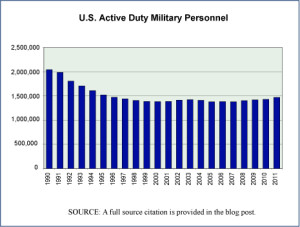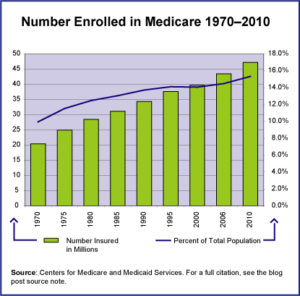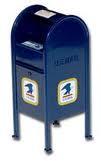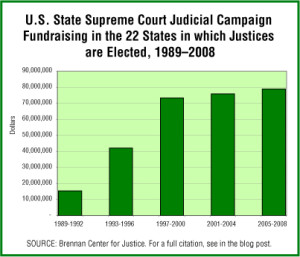Today’s market size is the size of the population of U.S. active duty military personnel. The chart to the right shows active duty military personnel figures from 1990 through August of 2011. The declining trend in this population, which appears clearly in the chart, is somewhat surprising given the United States’ involvement in “hostilities” in several parts of the world since 1990. One can see what appears at first blush to be a similarity with the economy at large in terms of reduced demand for labor and increased outsourcing. However, we only mention this seeming similarity here because such an assertion would require far more study and analysis to either present properly or disprove.
Geographic reference: United States
Year: 2010
Market size: 1.43 million
Source: “Table 510. Department of Defense Personnel: 1960 to 2010,” 2012 Statistical Abstract of the United States, page 335, available online through the Census Bureau’s website, here.
Original source: U.S. Department of Commerce, Bureau of the Census and the U.S. Department of Defense.
Posted on January 7, 2013




